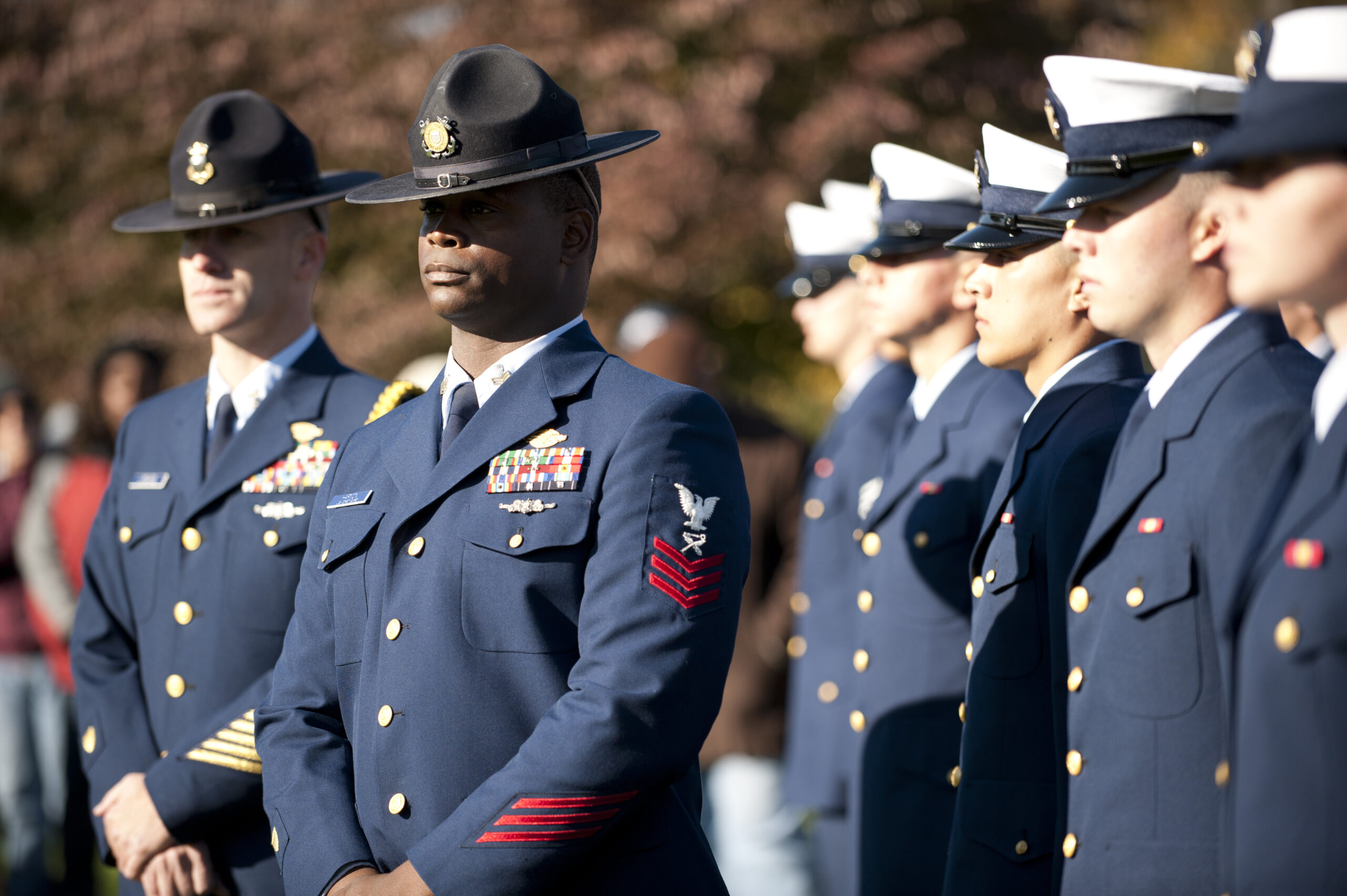On January 28, 1915, the United States Congress enacted the Coast Guard Act, a significant piece of legislation to enhance maritime safety and law enforcement. This act arose from an increasing demand for a coordinated response to maritime emergencies and the enforcement of maritime laws. Prior to its passage, the United States maintained two separate agencies: the Revenue Cutter Service, which was responsible for customs enforcement and search and rescue operations, and the Life-Saving Service, which focused specifically on rescuing individuals in distress at sea. The Coast Guard Act merged these two services into a single entity, the United States Coast Guard, thereby creating a more efficient and effective organization dedicated to protecting American waters, ensuring navigation safety, and providing assistance during maritime emergencies. The formation of the Coast Guard marked a pivotal moment in U.S. maritime policy, establishing a lasting legacy in maritime law enforcement and humanitarian efforts.
What was in the Coast Guard Act?
Some of the key provisions of the Coast Guard Act were:
- Creation of the Coast Guard: The act combined the two services into a single entity, the United States Coast Guard, under the Department of the Treasury.
- Duties and Responsibilities: The new service inherited the missions of its predecessors, including law enforcement to combat smuggling and enforce customs laws, search and rescue operations to save shipwrecked mariners and passengers, and maintaining navigational aids to ensure safe navigation along U.S. coastlines.
Significance of the Merger
World War I and II: The Coast Guard played a substantial role in both significant wars. It was transferred to the Department of the Navy and was involved in convoy escort, amphibious operations, and coastal defense, demonstrating its military capabilities and commitment to national security.
- Post-War Developments: In 1939, the Coast Guard absorbed the Lighthouse Service, expanding its responsibilities to maintain navigational aids and other services.
- Modern Era: The Coast Guard moved to the Department of Transportation in 1967, and in 2003, it officially became part of the Department of Homeland Security, reflecting its role in national security and emergency response.
Today, the Coast Guard continues to serve with unwavering dedication, upholding its motto “Semper Paratus” (“Always Ready”), which reflects its commitment to safeguarding the nation’s waters and saving lives.

